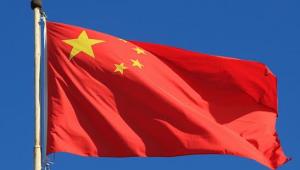Its Economic update warned of ‘significant risks’ from uncertainties facing the global economy, which had affected the regional outlook.
A downturn in the eurozone and Japan would weaken global trade and damage the region’s export performance, the World Bank said. In particular, a slowdown in China would impair the region’s commodity exporters.
China’s growth will moderate to 7.1% in 2015, slower than the 7.2% predicted in October and last year’s growth of 7.4%, the bank said. The projection reflects continued policy efforts to address financial vulnerabilities and gradually shift the economy to a more sustainable growth path.
Growth in the rest of the developing East Asia economy will grow by half a percentage point, to 5.1% this year, thanks to upbeat consumer sentiments and falling oil prices, particularly in the large Southeast Asian economies.
Axel van Trotsenburg, the bank’s East Asia and Pacific Regional vice president, said despite slower growth in East Asia and the Pacific, the region still accounted for one-third of global growth.
‘Lower oil prices will boost domestic demand in most countries in the region and provide policy makers a unique opportunity to push fiscal reforms that will raise revenues and reorient public spending toward infrastructure and other productive uses,’ he said.
‘These reforms can improve East Asia’s competitiveness and help the region retain its status as the world’s economic growth engine.’
Cambodia, Laos, the Philippines, Thailand, and the Pacific island countries are expected to benefit the most from low global oil prices, the bank said.
But the region’s net fuel exporters, including Malaysia and Papua New Guinea, will see slower growth and lower government revenues, the Washington-based bank said.
It said lower oil prices created an opportunity for governments to reduce fuel subsidies and raise energy taxes.
‘East Asia Pacific has thrived despite an unsteady global recovery from the financial crisis, but many risks remain for the region, both in the short and long run,’ said Sudhir Shetty, chief economist of the bank’s East Asia and Pacific Region.
‘To address these risks, improving fiscal policy is key. With low oil prices, countries – whether oil importers or exporters – should reform energy pricing to usher in fiscal policies that are more sustainable and equitable.’
In the medium term, the report said countries should expand and upgrade physical infrastructure and improve public access to higher education and health care.








